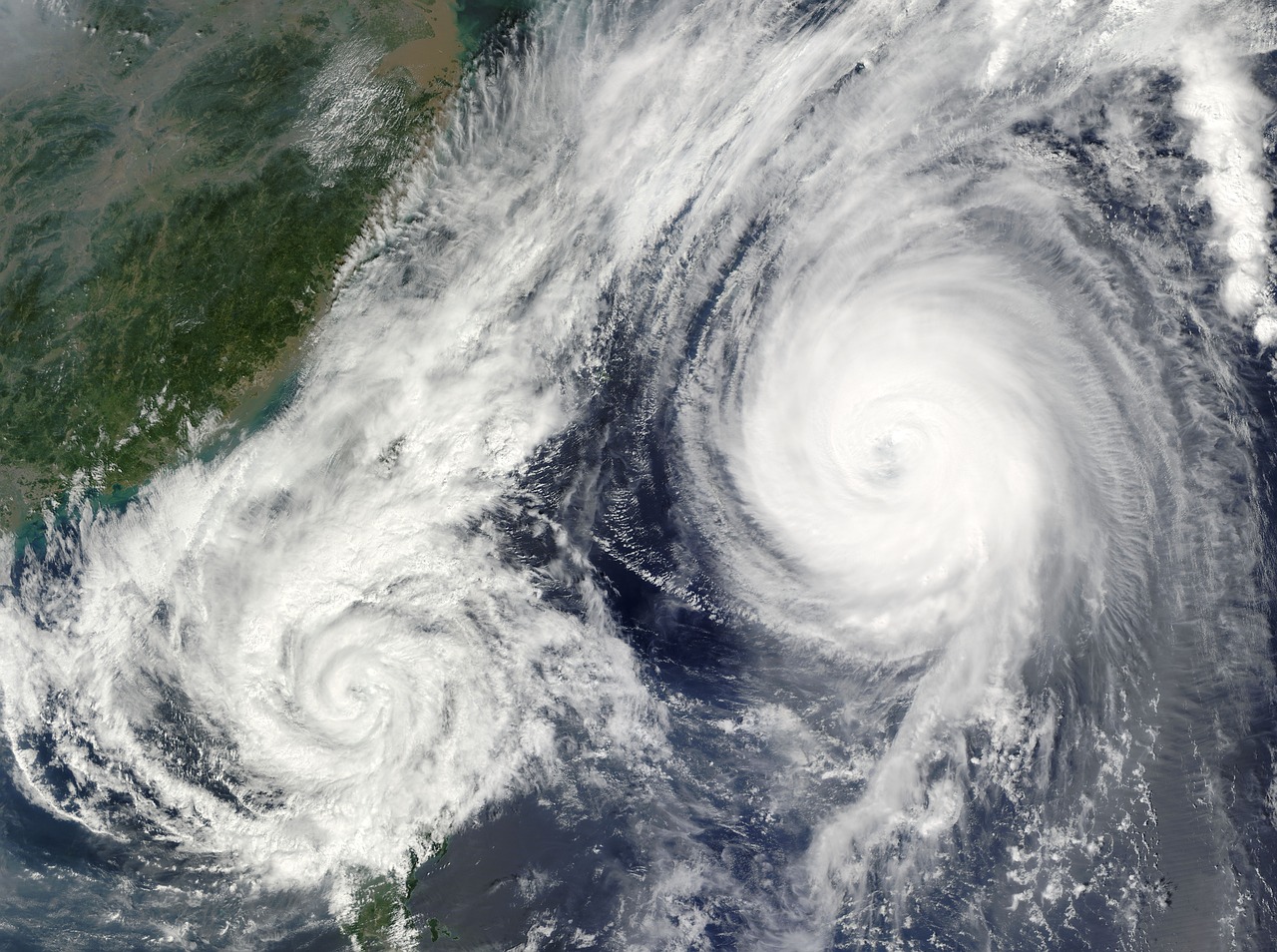Artificial intelligence is transforming weather prediction, offering unparalleled accuracy in forecasting cyclone intensification.
Key Points at a Glance
- AI models can predict cyclone intensification with unprecedented speed and accuracy.
- Machine learning processes vast datasets to identify patterns in storm behavior.
- Traditional forecasting often underestimates rapid intensification of storms.
- The new AI tool has been trained on decades of meteorological data.
- Potential benefits include saving lives and improving disaster preparedness.
Cyclones are among the most devastating natural disasters, often causing widespread destruction and loss of life. One of the greatest challenges in managing these powerful storms is predicting their rapid intensification—a phenomenon where a storm’s wind speed dramatically increases within a short period. Thanks to advancements in artificial intelligence, scientists are now closer than ever to solving this complex problem.
Artificial intelligence (AI) has emerged as a game-changer in meteorology. By analyzing massive datasets from satellite imagery, ocean temperatures, wind patterns, and atmospheric conditions, AI models can detect subtle indicators that traditional forecasting methods might overlook.
“Rapid intensification has always been one of the hardest phenomena to predict,” says Dr. Emily Carter, an atmospheric scientist. “AI provides the precision and speed we need to make more accurate forecasts, potentially saving countless lives.”
The new AI system, developed by a team of researchers and meteorologists, uses machine learning algorithms trained on decades of historical storm data. This allows the model to identify patterns that precede rapid intensification, such as changes in sea surface temperature or atmospheric pressure.
Historically, meteorologists have relied on numerical weather prediction (NWP) models to forecast storm behavior. While these models are highly sophisticated, they often struggle to capture the complexity of rapid intensification events. Factors like small-scale atmospheric turbulence or variations in ocean heat content can be missed, leading to underestimations of a storm’s potential power.
AI bridges this gap by processing data faster and more comprehensively than traditional methods. For example, the AI model recently demonstrated its ability to predict a storm’s rapid intensification with 90% accuracy—a significant improvement over existing techniques.
The benefits of this breakthrough extend far beyond scientific accuracy. Early and precise predictions of cyclone intensification allow for:
- Better evacuation plans: Communities in a storm’s path can receive earlier warnings, giving them more time to prepare or evacuate.
- Improved infrastructure protection: Governments and organizations can allocate resources to reinforce buildings, power grids, and other critical systems.
- Enhanced global collaboration: Sharing AI-driven forecasts across nations fosters collective preparedness against increasingly severe weather events.
One notable success came during the 2024 cyclone season, where the AI model accurately forecasted the rapid intensification of Cyclone Zara 36 hours before traditional methods detected it. This advanced warning enabled emergency services to evacuate vulnerable coastal areas and minimize casualties.
Despite its promise, AI-driven forecasting is not without challenges. The technology requires vast amounts of high-quality data, which can be difficult to obtain in regions with limited meteorological infrastructure. Additionally, integrating AI tools into existing forecasting systems will require collaboration between researchers, governments, and international agencies.
Looking ahead, researchers aim to refine the model further by incorporating real-time data from drones, underwater sensors, and even crowdsourced observations. These enhancements could make cyclone forecasting even more precise, reducing the human and economic toll of these natural disasters.
The introduction of AI into cyclone forecasting marks a turning point in disaster management. By combining advanced technology with decades of meteorological expertise, scientists are not only improving our ability to predict storms but also safeguarding communities around the world.
As Dr. Carter notes, “This is more than just a scientific achievement; it’s a vital step toward building a resilient future in the face of climate change.”
